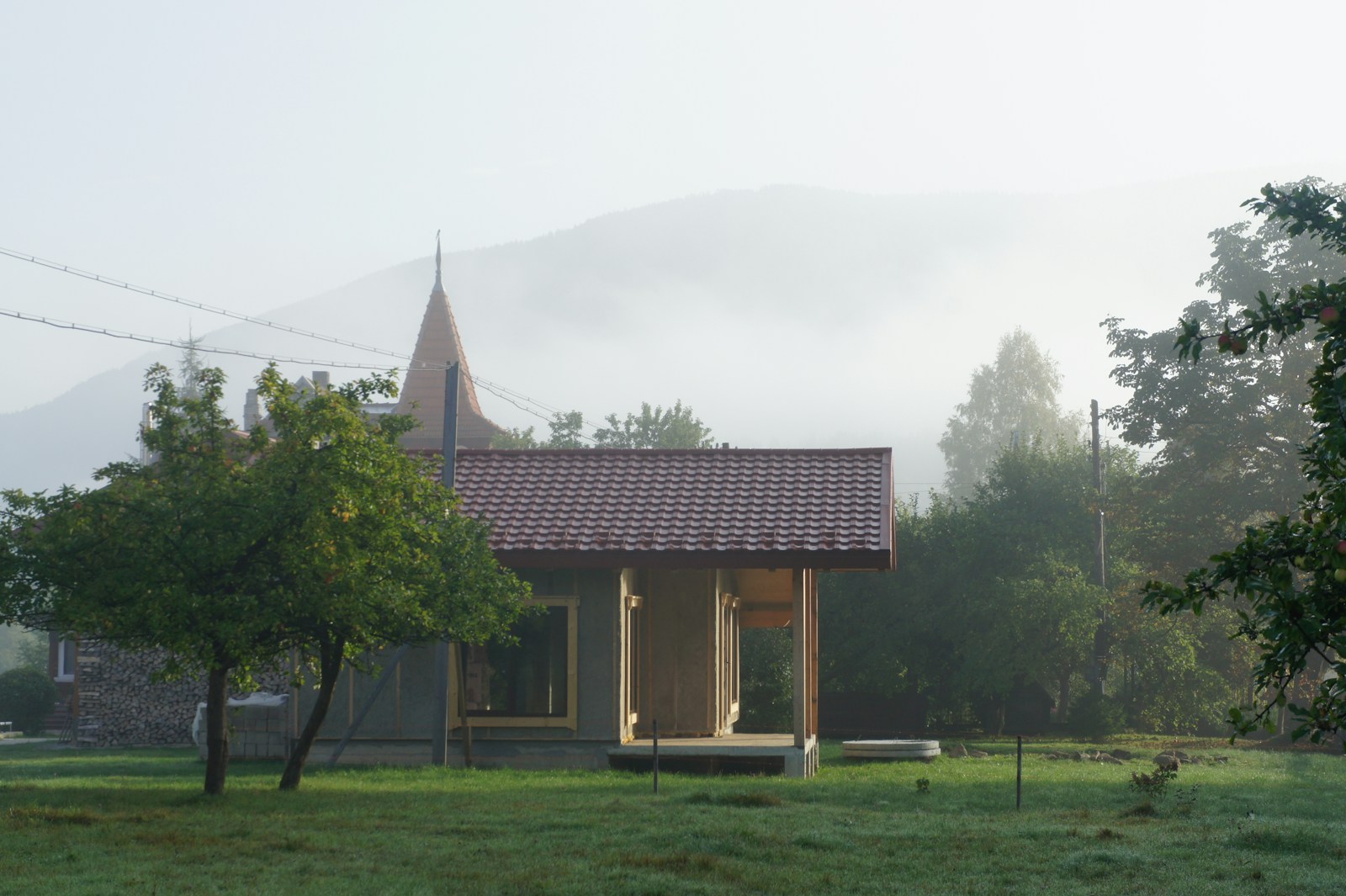Koreans in Georgia, Part 3: A Church with Two Languages, One Community

In the story of Korean immigration to America, the church has always been more than just a house of worship. It has been a community center, a cultural anchor, a social safety net, and a vital link to the motherland. For the third part of my series on Koreans in Georgia, I wanted to explore the central role of the church and the unique challenges it faces in the 21st century.
I visited a large Korean Presbyterian church in Gwinnett County, an area with one of the largest Korean-American populations in the South. The church holds two separate services every Sunday. The first, held in the main sanctuary, is entirely in Korean. It is attended mostly by the first-generation immigrants, the parents and grandparents who built this community. The hymns are the traditional ones, and the sermon is delivered with the passionate, formal style common in Korean churches.
The second service, held a little later in a smaller chapel, is entirely in English. It is the "youth service," attended by the second-generation, American-born children of the first. The music is contemporary, with a praise band, and the sermon is delivered in a more conversational, American style.
This linguistic and cultural divide is the central challenge for the Korean-American church today. I spoke with the church's pastor, a thoughtful man in his 50s who delivers sermons at both services.
"We call it the 'silent exodus'," he told me over a cup of coffee. "The first generation built these churches to preserve their Korean identity and faith. But for their children, who grew up here, that Korean-centric world can feel alienating. They think in English, their friends are diverse, and they don't always connect with the very traditional culture of their parents. If we don't create a space for them, they will simply leave the church when they go to college, and they won't come back."
The English-language ministry is the solution, but it is an imperfect one. It creates a situation where families often attend the same church but worship in separate rooms, in separate languages.
The pastor told me his biggest challenge is trying to bridge this gap. They hold joint events, like church-wide picnics and service projects. They try to incorporate English into the main service and Korean elements into the youth service. "We are trying to be one church," he said, "but it is a constant struggle. The first generation wants to preserve the culture they remember, and the second generation is trying to build a new one."
The church is a microcosm of the entire immigrant experience. It is a story of a generation that sacrificed everything to give their children a better life, and a second generation that is trying to honor that sacrifice while forging an identity of their own. The future of the Korean-American community is being debated every Sunday in churches like this one, as they try to solve the difficult puzzle of how to be both Korean and American at the same time.
